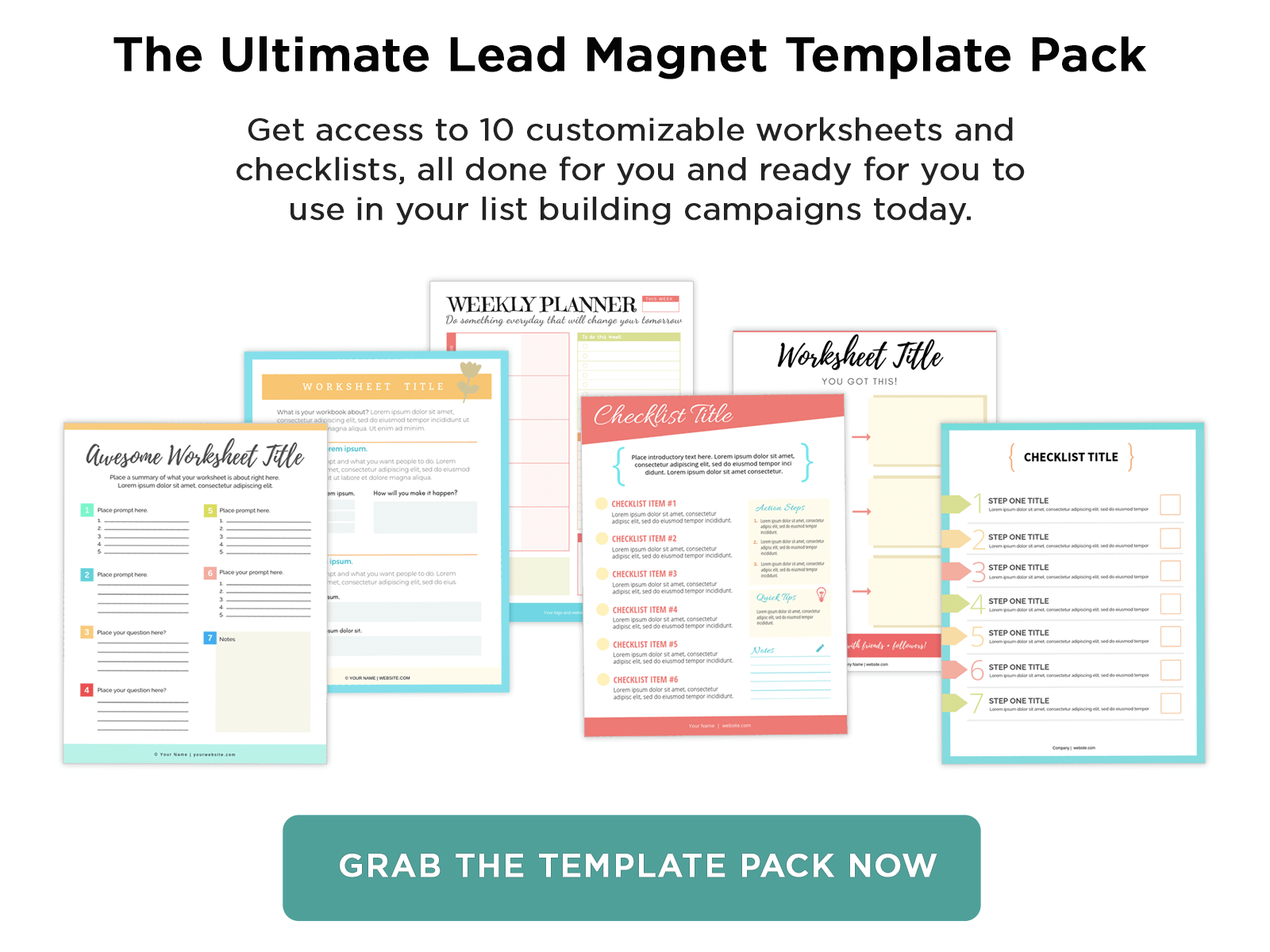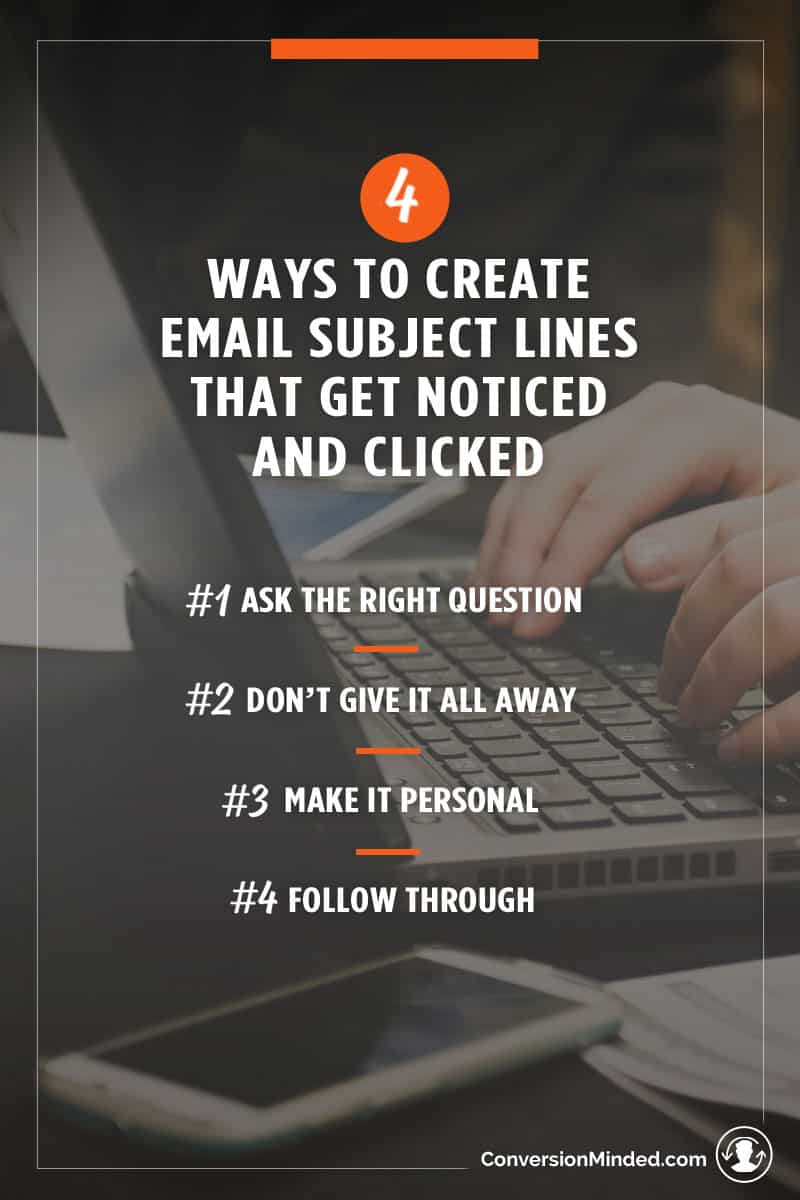Are you selling 1-1 services to clients and want to grow and scale your business? You’ve come to the right place! In this post, we’re going to give you the roadmap from trading hours for dollars to scaling your income beyond your time.
But first, there’s an important distinction we need to clarify and that is…
The difference between a freelancer and an entrepreneur
We think Seth Godin defines it best:
“A freelancer is someone who gets paid for her work. She charges by the hour or perhaps by the project. Freelancers write, design, consult, advise, do taxes, and hang wallpaper. Freelancing is the single easiest way to start a new business.”
Entrepreneurs use money (preferably someone else’s money) to build a business bigger than themselves. Entrepreneurs make money when they sleep. Entrepreneurs focus on growth and on scaling the systems that they build. The more, the better.”
Which one are you? Which do you want to be? Maybe it’s not clear?
The reality is, that “entrepreneur vs. freelancer” is not an entirely black and white thing. You can be one, or the other, or something in between…
- Some freelancers aspire to evolve into entrepreneurs
- Others want to reach higher (paid) levels of freelancing
Seth Godin describes himself as a “freelancer” despite being a top marketing authority and author of countless books everyone in his niche can quote by heart because he still “does the work.”
The goal for an entrepreneur, on the other hand, is to no longer “do the work.” (That’s not for everyone and that’s… ok!)
For example, we know many service providers who find immense pleasure “in the doing” and have no desire to stop doing those things – but that does NOT mean you can’t scale your business.
We actually consider ourselves hybrids — something in between. We love helping people 1-1 and rolling up our sleeves and doing the work, but we also make money while we sleep. ?
(What can we call people like us? Maybe Freelancepreneurs?)
This is the journey from serving 1-1 to 1-many
Whether you aspire to be an entrepreneur or simply to add passive revenue streams to your “done for you” services in order to scale, there are four distinct stages self-employed business owners must go through.
In each, there are common characteristics, problems, objectives, and opportunities. What you need to focus on to level up to the next phase will depend on which stage you’re in.
Let’s dive in so you can see where you’re at and how to move forward…
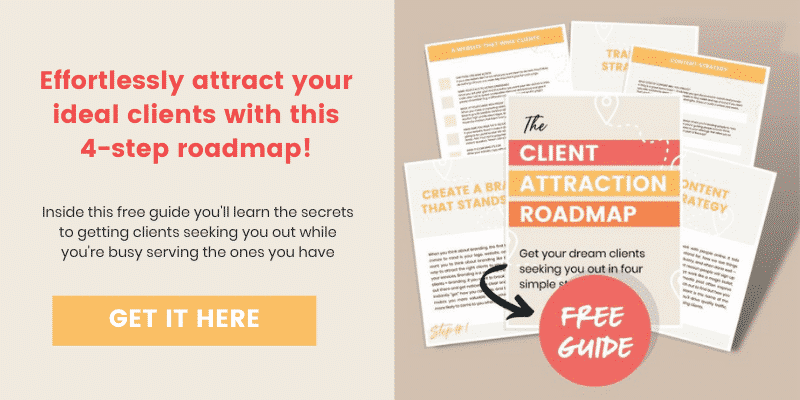
Stage 1: Explore
In the explore stage, you’re transitioning from conventional employment to working for yourself. Or maybe you’re right out of school and the thought of working for “the man” isn’t an option, so you set out on your own and look for clients rather than a job.
(Just a pause here to say HECK-YEAH-RIGHT-ON-YAY!)
You have marketable skills and expertise and you view self-employment as the path to living life on your own terms.
YOUR CUSTOMER
At the explore stage, your first order of business is to get clients — any clients — who need your skills.
MARKETING
Your first move will be to tap into your personal network and tell everybody about what you do. You also might use a freelance marketplace (e.g. Upwork) or job boards to get gigs.
Once you book your first clients, if you do a great job for them, they’ll tell other people about their experience and you’ll start getting client referrals.
You’ll start building a portfolio, testimonials, and case studies and that will lead to more work.
But, you’re not in full control of who you attract and you don’t always feel 100% confident you know where your next client is going to come from. Because of that, you say yes to most of the opportunities that come your way.
You probably have some basic marketing assets — social media accounts, a website or portfolio, business cards, etc. But you don’t have much time or energy to do all that much with them. Mostly they exist so you can look profesh and so people have a way to find and get in touch with you.
You spend very little time doing marketing tasks and as much time as you can doing billable work.
PROFESSIONAL BOUNDARIES
At this stage, you may not have strong client boundaries and instead, are focused on making them happy (so you can get referrals).
You’re likely learning lessons about all the ways clients can test your boundaries and struggling with things like scope creep, texts and phone calls on the weekends, and not getting feedback or payment on time.
You probably commiserate about crappy clients with your colleagues.
YOUR OFFERS
If you are capable of doing it and somebody is willing to pay you for it, you are putting it on the menu and saying yes. You likely have a laundry list of services and deliverables on your services page. You create custom project quotes for each client or you bill by the hour for tasks you do for them.
Leveling Up from Stage 1 to Stage 2
Get clear about your zone of genius
Start thinking about the work that really gets you into a state of flow. When you’re making money and feeling fulfilled in whatever it is you’re doing — when time seems to fly by — what are you doing exactly?
This is what we call “the work you’re meant to be doing.”
Get better at describing your expertise
Think about ways you can be more specific in the way you talk about what it is that you do.
Take a look at your marketing messages and think about the words you use to describe your work with people you meet — then make sure you’re communicating in clear language the type of work you want people to come to you for.
If you can’t describe it in the time it would take you to travel between floors on an elevator, they’re not going to remember it and come to you when they need it…. so work on that.
Get clear about your ideal client
Think about the clients you enjoy working with most. What are their common characteristics? What about them makes the working relationship satisfying? Then, think about how you can get in front of MORE of these people.
Set boundaries and enforce them, this is important
In order to be efficient and profitable with what you’re doing, “people-pleasing,” “going above and beyond,” and “letting things slide” are not good ways to go about things.
Create good contracts, keep track of what you’re spending your time on and create some rules around that time, and don’t be afraid to say “no” when something doesn’t serve you.
And most importantly: Make time for marketing and market your business with consistency. If you are not planting seeds and building awareness and trust, you’ll never be able to pick and choose who you work with and the type of projects you take on.
Choose a content type: written, audio, video, or visual (whichever plays to your strengths and comes easiest for you) and create as much as you can.
Then, choose a social media platform and share that content consistently. (Check out our Content Calendar System which will help you do that in a fraction of the time)
If you’ve not been consistent with marketing, this is going to feel like a distraction from your billable work — but in order to level up, you need to start putting your own business first on your priority list.
Grab this free download to have tons of ideas you can take action on. ?
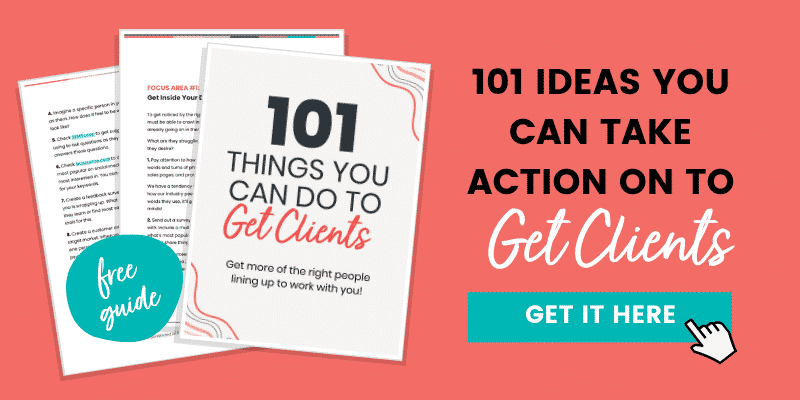
Stage 2: Master
You’ve been at it a while and you feel pretty confident this self-employment thing is gonna work out for you. (Hurrah!) You’ve learned some lessons and you’re starting to think about which direction you want to take things.
CUSTOMER:
You’ve had some experience working with lots of different types of clients and you’re beginning to notice patterns — some of your clients light you up and work feels effortless and others are a pain in the arse and more trouble than they’re worth.
You’re at the stage where you’re starting to get clear about who your IDEAL client is and who you DON’T want to work with. You start recognizing red flags and run the other way when you spot a “bad apple client.”
You may find that you’re most happy working with people from a particular vertical and you start to network with people from specific industries.
MARKETING:
Because you’re getting clearer about who your ideal client is and the type of work you want to do for them, you become more focused with your marketing messages.
You’re creating content designed to attract a specific type of customer and showing up on social media consistently. You also take steps to make sure your content is discoverable in search — whether that means Google, YouTube, Itunes, or Pinterest.
PROFESSIONAL BOUNDARIES
You are beginning to understand that establishing and enforcing boundaries is a huge aspect of doing client work.
You have processes in place, you’ve established policies, and you work with contracts always.
You have a system for vetting clients — you know what questions to ask and what to look for before saying yes to the work.
OFFERS:
Because you’re getting clearer about the work you want to do and who you want to do it for, you begin creating packages that describe this work. Your bulleted list of capabilities is replaced with more specific offerings.
The way you speak about your work starts moving beyond “WHAT” you do and starts focusing on “HOW” you do it — the benefits of your offers and the special sauce you bring to the table. You create a unique value proposition.
Leveling Up from Stage 2 to Stage 3:
A lot of freelancers make a respectable living in stage 2 – in fact, you might coast here for quite a long time before even thinking about making a change.
Just a word of advice about that: it’s easy to get stuck in the “it ain’t broke, so why fix it?” trap.
Remember things can EASILY change out there — your competition can change, your marketing platform algorithms can change, and you may find yourself in a situation where what always worked before doesn’t work anymore.
Make marketing a priority.
Even if you’re so busy you think you don’t need marketing.
Create a clear vision for your future
This is a stage where burnout can easily creep up on you. You get busy reacting to what’s in front of you and get stuck on the feast or famine roller coaster.
If you’re not steering your business ship toward work that fulfills you, you may wake up one day and your exciting self-employment adventure feels more like a job you’d rather avoid.
If you feel BLAH, uninspired, exhausted, or you’re questioning what the heck you’re even doing, this is just a signal that it’s time to level up and everyone goes through it.
You may invest in courses and books and coaches to try to find your way forward and get unstuck — and while all of these things are good, and can even help you get the clarity you need, ultimately it will be up to YOU to take the leap.
What we’ve found is that people get STUCK trying to find answers outside themselves rather than having a good, honest gut check and accepting what’s not working and creating a clear vision for the future. We’ve seen people circle around themselves for YEARS.
Get outside your comfort zone
Moving past your stuck points at this stage requires doing some serious mindset work and getting comfortable with going outside your comfort zone.
Think about the things you need to let go — whether tasks (yes, it’s time for you to hire a VA), clients, service offerings, or something else. We all do things that aren’t serving us anymore (it’s a moving target!), and leveling up is as much about recognizing that as adding new strategies and tactics to the mix.
Most of all, work on feeling confident in your highest value — really get to the bottom of what that is, and when you do, OWN IT.
Stage 3: Expert
This is one of the most EXCITING stages of being self-employed.
When you’re ready to move past being an order taker and doing anything you’re capable of doing for any-ol’-body and start designing service offerings that attract the right people to you to do the right work, you’re in the EXPERT stage.
You are focused on getting to the bottom of where your HIGHEST value is so you can create offerings that will reward you personally and financially.
You begin to design your marketing, offers, and messaging around your ONE THING: that one thing you want to get famous for. And people start coming to YOU because for them, there can be no substitute — it has to be you.
This means you are finally operating in your zone of genius which means you’re fulfilled in your work and able to command more money in less time.
YOUR CUSTOMER
You are VERY specific about your target customer and you know everything about them. You know what keeps them up at night, you know what they desire, and you know what they need.
When you create marketing messages, you speak directly to them — you speak to their pains, obstacles, struggles and you talk about the transformation they want too… and you’re the one to help them get it.
MARKETING
Your marketing gets more focused and you’re connecting the dots between your content and sales.
You create a system to attract clients on autopilot, and they come to you because you have the solution they need and you’ve been building trust at every step of their journey.
You’re creating sales funnels that guide people to your offer using conversion tools like webinars, email sequences, and free courses.
You feel confident you know your client pipeline will always be full and marketing becomes soooo much easier because you’re focusing on your strengths, the people you want to attract, and the offers you’re guiding people to.
The content you create revolves around establishing your expertise and building authority: you might write a book, host a podcast, write guest articles in high-profile publications, run webinars, and/or give speeches.
You move beyond social media and focus hard on building your email list because you know this is where trust and sales are won.
OFFERS
You narrow down your service offerings so you’re exclusively operating in your zone of genius and switch from hourly to fixed/value pricing. You create systems and processes so you’re becoming more expert and more profitable the more you do this work.
No recreating the wheel with each and every client and no spending time doing custom proposals or doing the long, drawn-out sales process of back and forth emails and free discovery calls. You have a bullseye offer and people come to you for it.
You stop trading dollars for tasks and start selling solutions and pricing those solutions based on their value, not time spent.
At this stage, you may create a product (digital course, book, etc.) to not only attract high-ticket clients as a low-risk way to take the first steps with you but to make passive income.
You may reinvest that additional revenue in larger-scale marketing campaigns or growing your team — you’re thinking like an entrepreneur now and foregoing short-term gains in order to scale.
PROFESSIONAL BOUNDARIES
At the EXPERT stage, your business is your #1 client. You know that every minute you spend serving clients 1-1 that you are not being compensated for is an opportunity cost for your business… so you stop giving things away for free.
You spend that time instead on tasks that help you grow, scale, and create consistency such as improving your processes, training your team, and creating marketing systems that keep you moving toward making more money in less time.
You’ve got crystal clear boundaries in place and you know how to enforce them. You feel empowered to say NO. A lot. And you do.
And once you get a taste of being more in control of your business? You might not want to stop there… ?
Leveling Up from Stage 3 to Stage 4
In order to transition from serving clients 1-1 to scaling your business by creating 1-many services and digital courses and products, it’s imperative that you become very protective of your time — you will need it so you can devote a large percentage of your time to marketing and product development.
Grab our free Value Ladder Planner to help you rock the Expert stage!
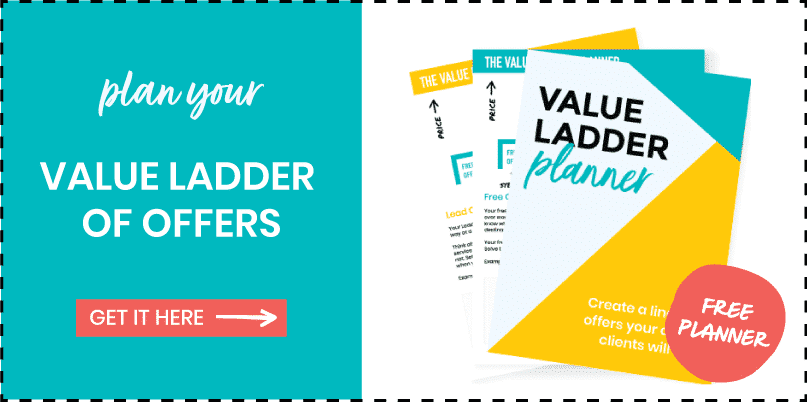
Stage 4: Scale (Entrepreneur)
At the SCALE stage, you’re ready to stop trading hours for dollars and move from serving 1-1 to 1-many. If you do continue 1-1 work, you now charge much more for less time spent.
You’re focused on creating systems to become more efficient and profitable, and you’re pivoting to selling more 1-many programs and/or digital courses and products.
CUSTOMER
Your target customer MAY shift here, and you’ll likely need a strategy for reaching more than one audience.
You’ll find that a client who wants a done-for-you or done-with-you service and is willing to pay a premium price is not the same customer who’ll sign up for a course or group program so they can learn how to do it themselves.
At the scale stage, you’ll need to recalibrate your thinking about your target audience and marketing strategies to reach more people.
MARKETING
By now you’ve fully embraced the fact that strategic marketing is where you must put a large % of your time and attention in order to scale.
Your focus moves toward paid traffic, product and/or service launches, and setting up evergreen funnels. Your focus is on authority-building (getting famous for your one thing ramps up) and building your audience and visibility online and of course, your email list.
By this stage, you’ve got a pretty great marketing machine already in place, but you’ve got some gaps you need to fill and you’ll actively seek out programs or experts to help.
You’ll focus heavily on watching your numbers and optimizing every step of your funnel to maximize conversions and margins.
OFFERS
You’re continuing to improve your process for delivering your services and packing them with loads of value so you’re able to charge more in less time.
Because you’ve created systems around delivering these services, you’re ready to train others to implement (or at least help).
You’re making the kind of choices that free you up in order to keep the business moving forward.
At this stage, that means much of your time is spent creating and/or launching digital products or hosting 1-many programs and automating the sales process around those offerings.
PROFESSIONAL BOUNDARIES
At this stage, your business is your #1 best client and you’ll streamline customer service.
You’ll create policies for things like how you’ll handle refunds, complaints, or questions and outsource those tasks to your team. You’ll have onboarding and offboarding processes in place, and every step of your client’s journey will be predictable and as much as possible, automated.
Even if your goal is to stay a one-person business or keep your consultancy small, you’ll know when a task is better outsourced and where your time is most valuably spent.
Once you have a system to scale, the sky’s the limit!
So, where are you in the entrepreneur journey?
Freelancing, self-employment, entrepreneurship — whichever word feels right for you — is a journey. If you’ve spent time comparing YOUR journey to someone else’s, we hope this has helped you realize that evolving from one stage to the next is a process and it’s okay to be where you are.
Just keep putting one foot in front of the other and you’ll get there! Don’t try to leapfrog — take a look at what needs your attention TODAY and make one change at a time. You got this!

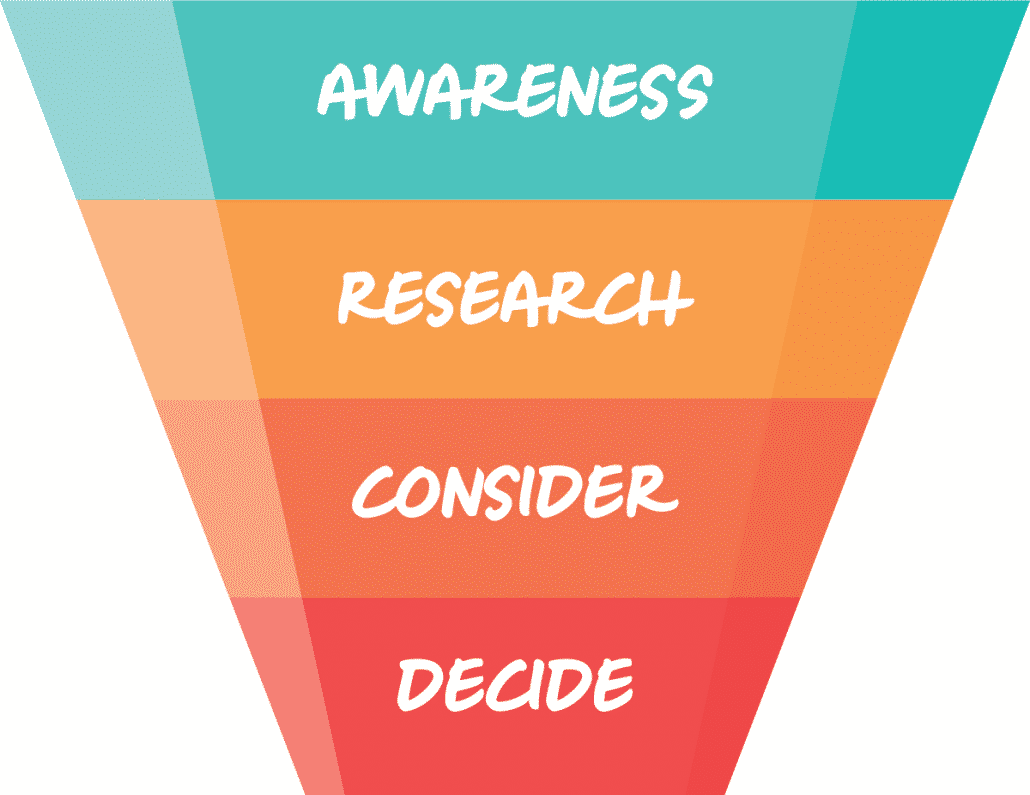
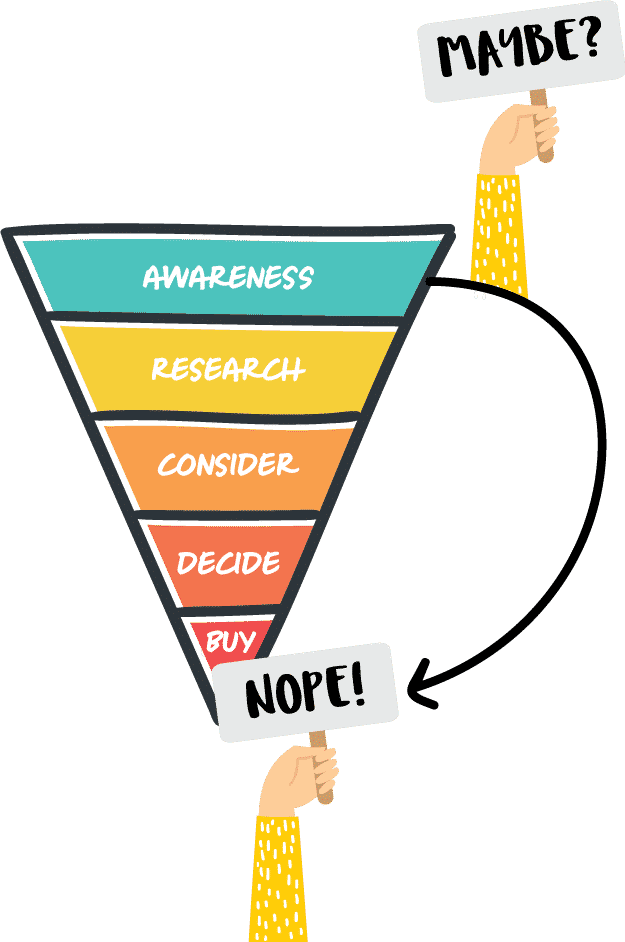
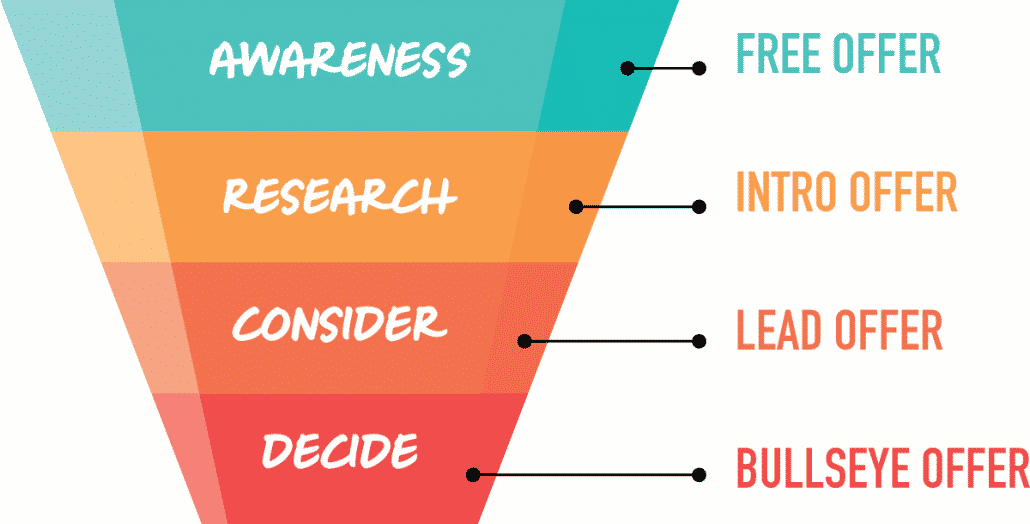
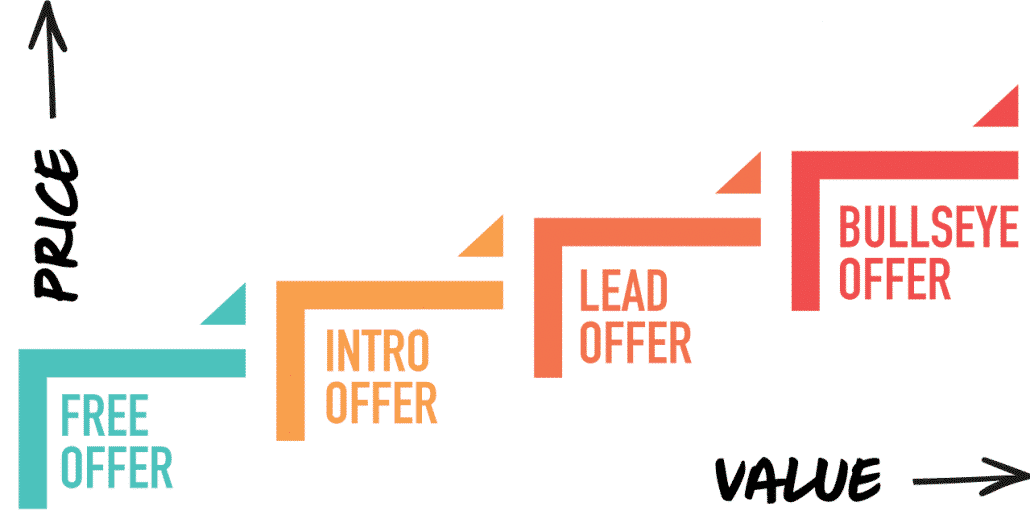
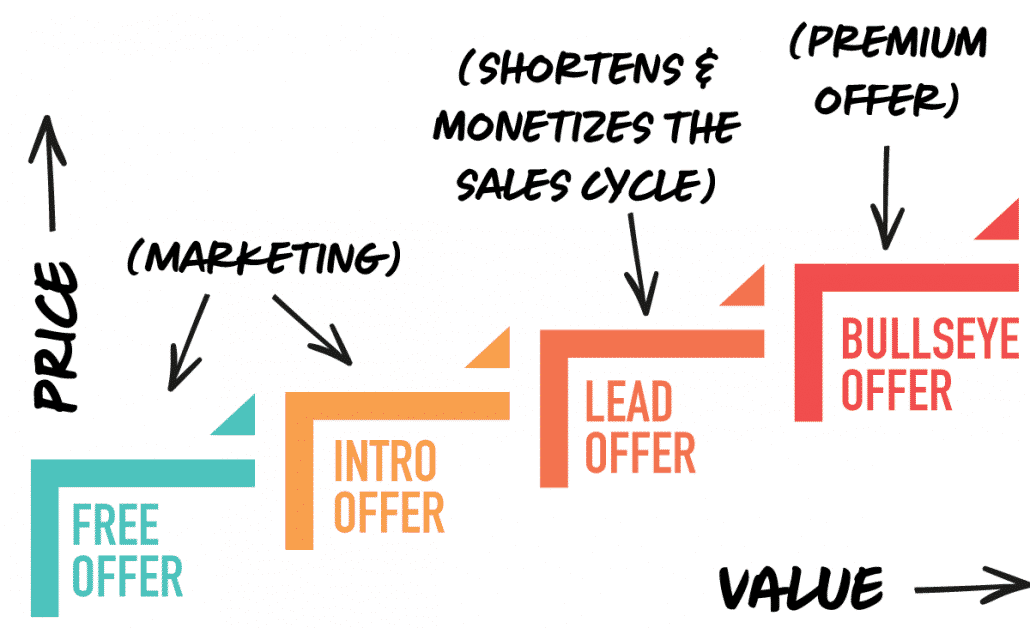
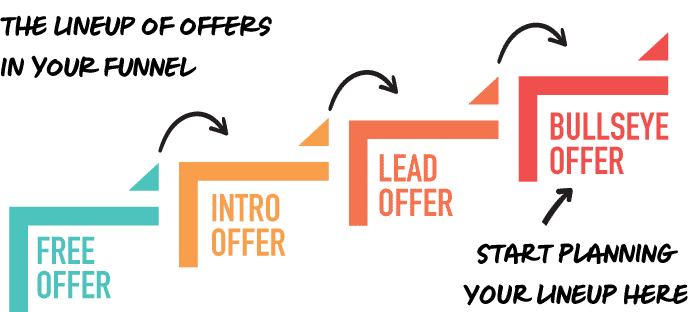
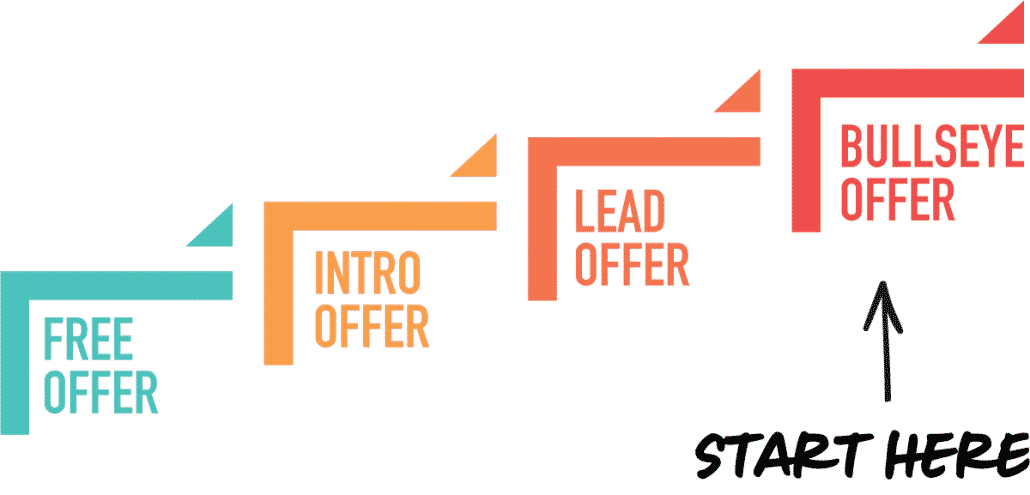
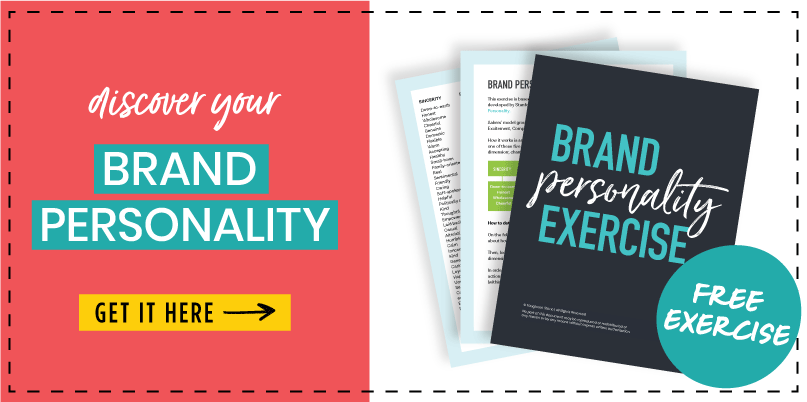
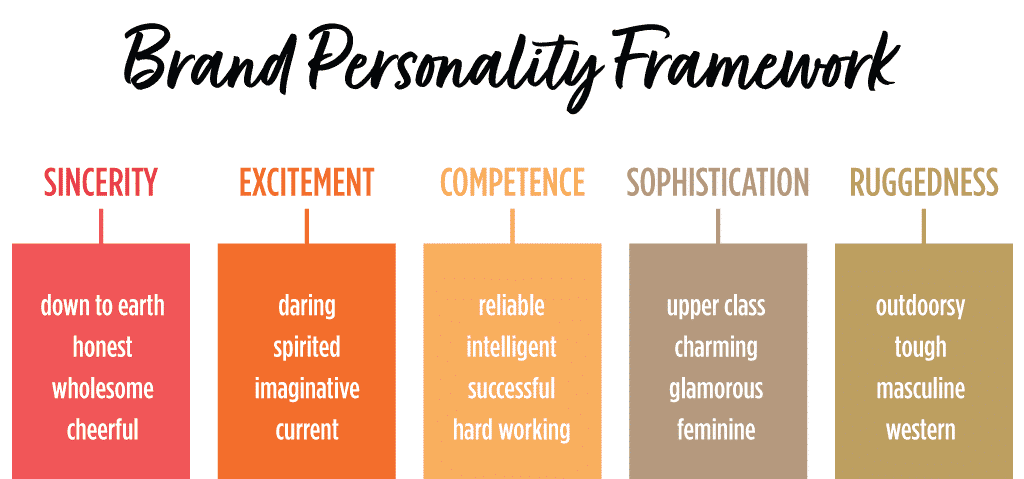
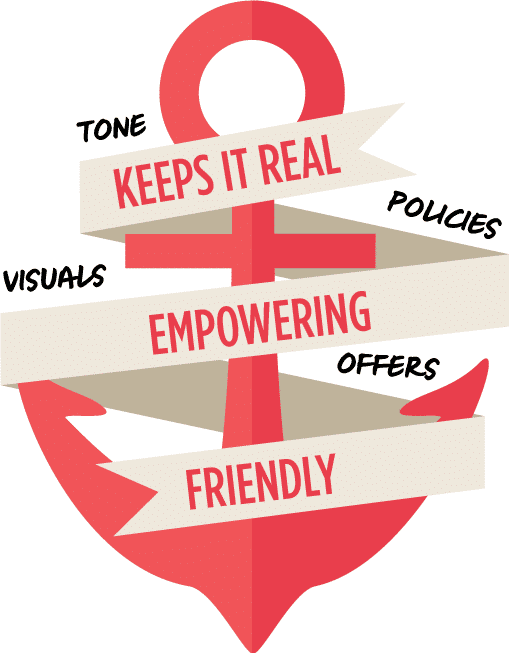
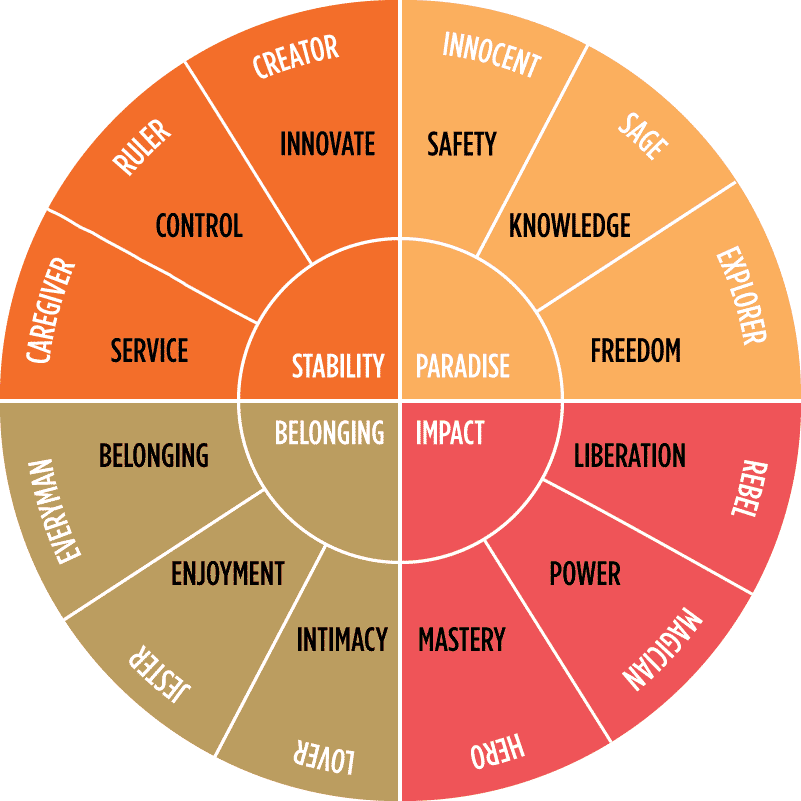







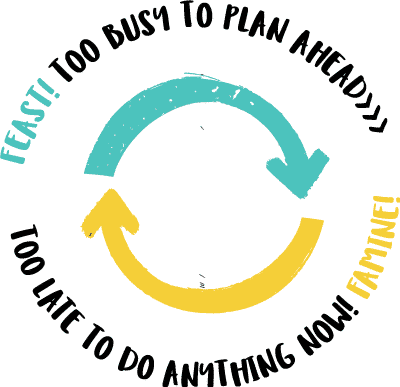


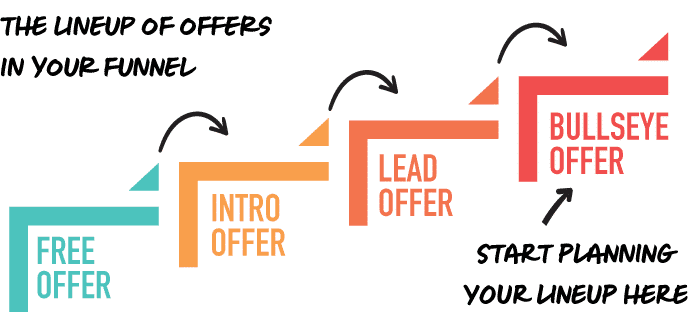
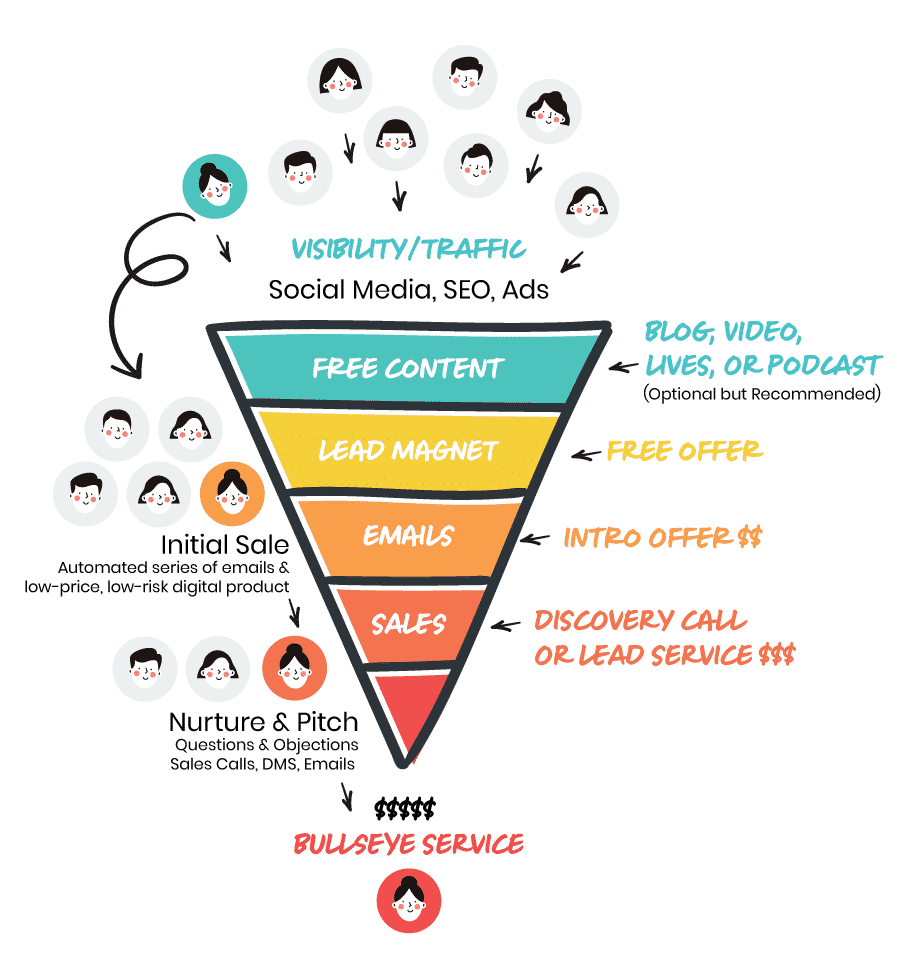
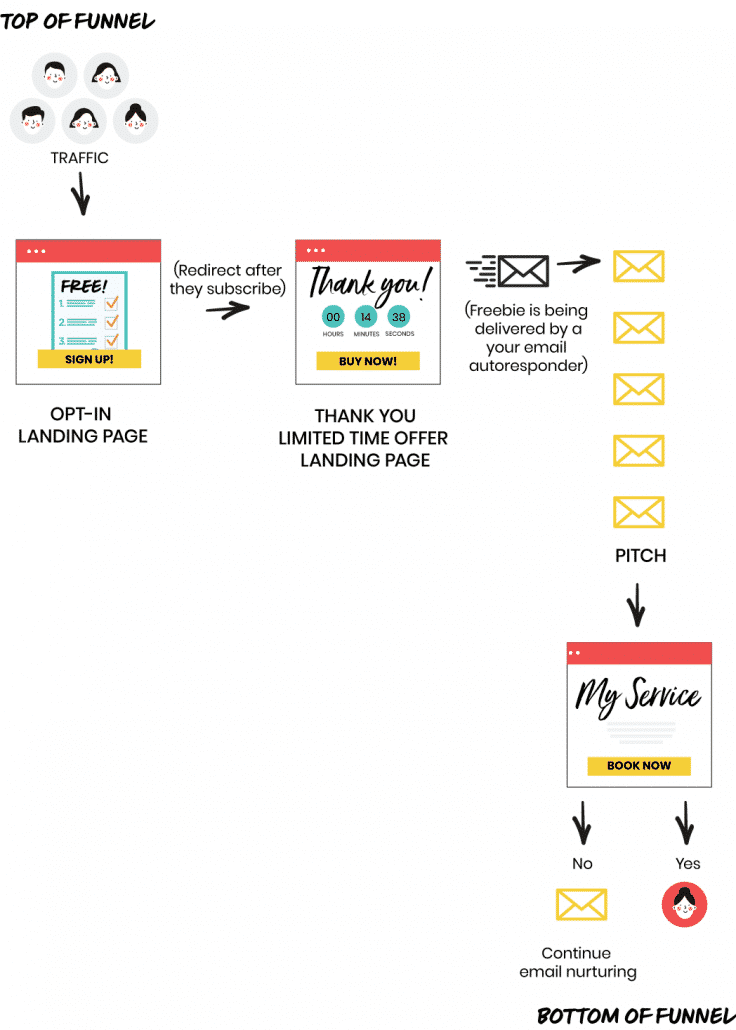
 Good ol’ shiny object syndrome…
Good ol’ shiny object syndrome…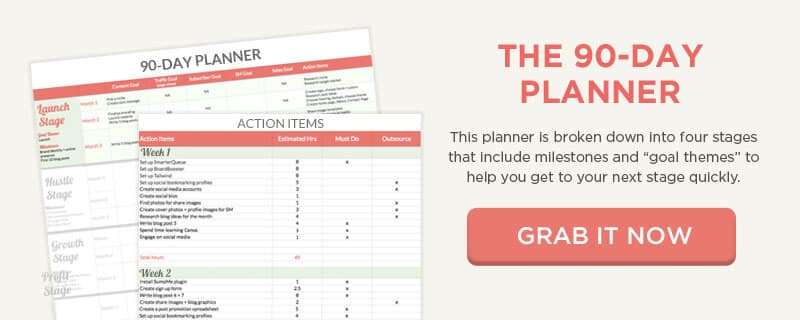
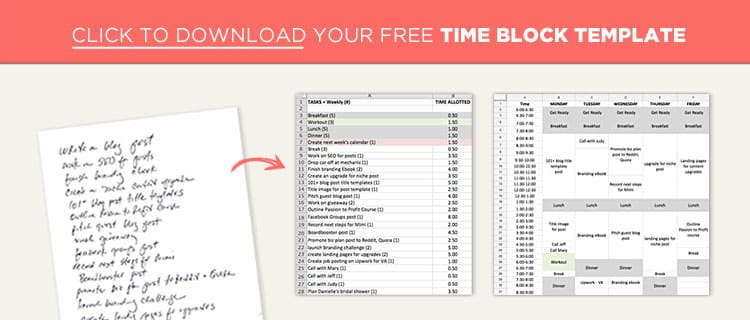
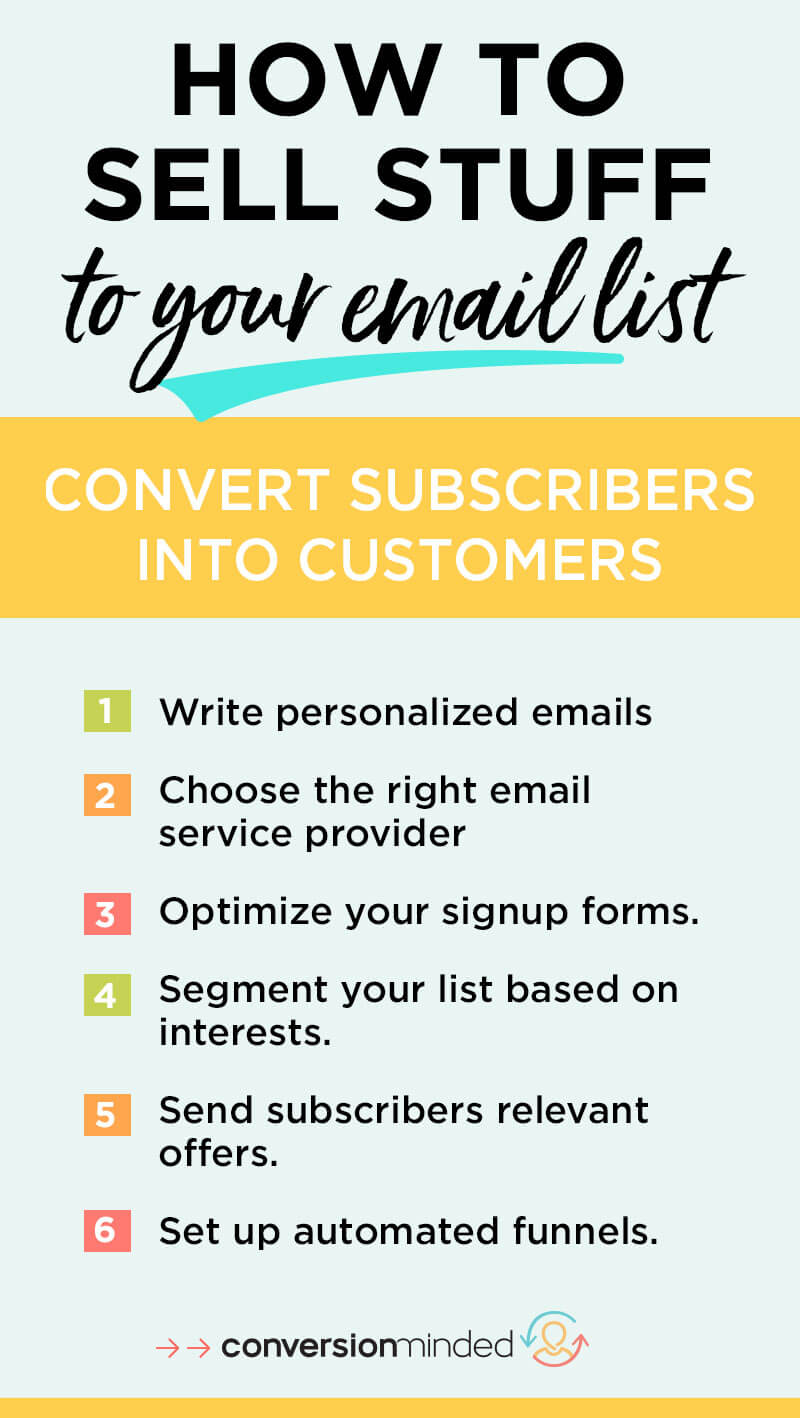
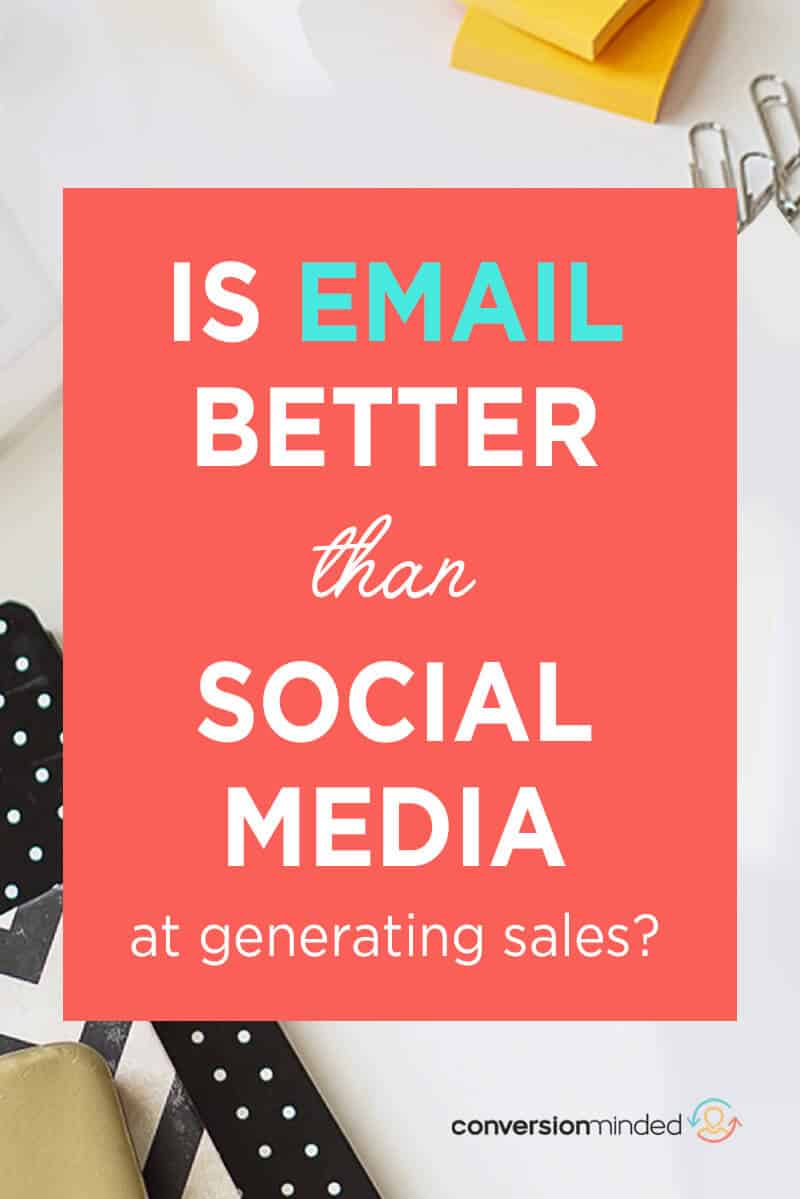
 You already know that email marketing is powerful. And you know that you can generate more sales from your email list than social media.
You already know that email marketing is powerful. And you know that you can generate more sales from your email list than social media.


